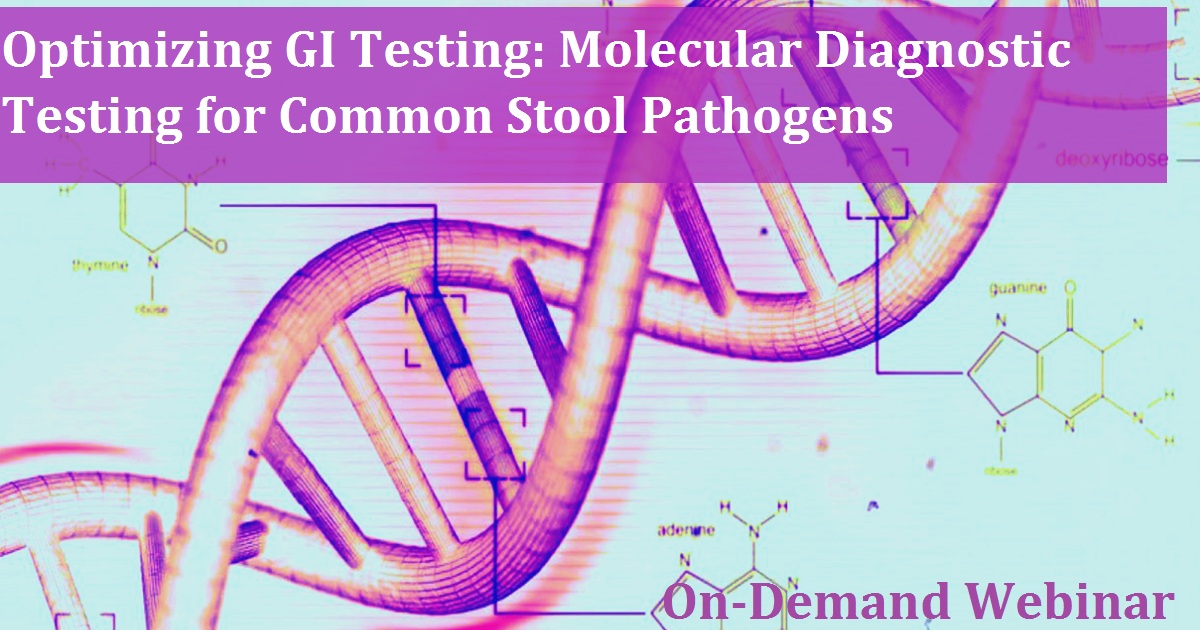
bioportfolio
Drug formulators should consider the physical properties of their products during pharmaceutical drug development. The physical properties of a solid drug substance are highly dependent on the solid form. It is critical to understand the solid form landscape and select the optimum solid form for drug performance, stability and manufacturability as early in the development process as possible. Join this free webinar to learn about different solid forms (polymorph and salt) and different technologies to achieve these forms
Watch Now

At Natoli Scientific, we’re in the lab every day compiling thorough USP Tablet Compression Characterization data to help you identify and solve compaction problems and provide solutions.
Watch Now

BD
Over the past few years, the gastroenterology diagnostic market has witnessed an increase in commercial multiplex diagnostic assays for the detection of a large array of enteric pathogens. These multiplex assays differ in many aspects, one important difference being the number of enteric pathogens that the assays detect. Updated IDSA/SHEA guidelines for the management of infectious diarrhea describe a targeted approach, directing proper test utilization for the diagnosis of infectious diarrhea. The guidelines can assist with the development of targeted testing algorithms to diagnose the enteric pathogens most likely causing disease. This patient-centric targeted testing approach can be supported by using the BD MAX ™ system, which uses separate testing panels for the detection of C. difficile, bacterial, parasitic, and viral pathogens.
Watch Now

Quanticate
There are approximately 7,000 distinct rare diseases affecting 350 million people worldwide, approximately 80 percent of which are caused by faulty genes. Scientific advances such as the CRISPR/Cas9 genome-engineering system have simplified the pharmaceutical and biotech industry’s ability to develop gene therapies, especially for single gene mutation disorders. The US Food and Drug Administration (FDA) has more than 700 active Investigational New Drug Applications (INDs) for gene and cell therapies and in 2017, the FDA approved two cell-based gene therapies and it is anticipated that gene therapy will become a mainstay treatment for many rare diseases.
Watch Now